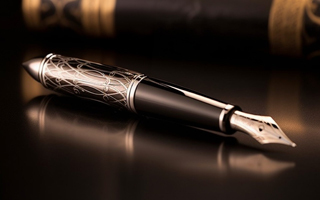
New carbide ceramic can endure temperatures up to 3,600°C (6,512°F)
Chinese researchers have developed a carbide ceramic material capable of withstanding temperatures as high as 3,600 degrees Celsius (6,512 degrees Fahrenheit), marking a significant breakthrough in materials science, according to South China Morning Post reported on Sunday.
The material can endure temperatures as high as 3,600 degrees Celsius (6,512 degrees Fahrenheit), surpassing the current thermal limits in hypersonic flight and marking a breakthrough that may have major implications for aerospace, energy, and other industries requiring materials to perform under extreme heat.
Modern engines and hypersonic aircraft require materials that can endure intense thermal stress. However, most degrade at temperatures below 3,000 degrees Celsius.
For example, SpaceX's Starship heat shield tiles are designed to withstand around 1,371 degrees Celsius.
Carbon-carbon composites can endure up to 3,000 degrees Celsius in inert environments but begin to oxidize in air at around 370 degrees, significantly weakening their mechanical performance. Metal alloys generally degrade above 2,000 degrees.
“Our team has – for the first time globally – surpassed this long-standing limit through high-entropy, multi-component design,” said Chu Yanhui, a professor at South China University of Technology.
“The carbide ceramic we developed, composed of elements such as hafnium, tantalum, zirconium, and tungsten, exhibits a significantly lower oxidation rate at 3,600 degrees Celsius under laser irradiation than any previously reported materials,” he added.
The study was recently published in the journal Advanced Materials.







